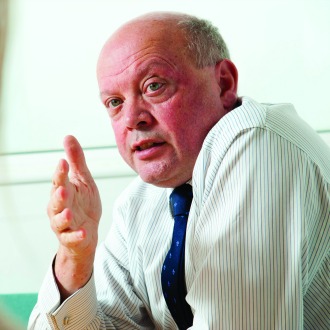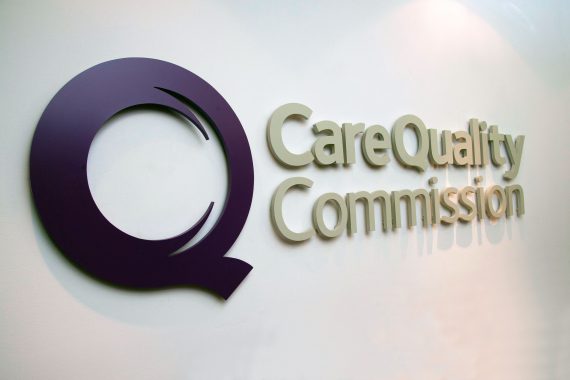The CQC has said that singlehanded GP practices are more likely to work in ‘professional isolation’, and fail to communicate and engage with staff.
The regulator’s annual State of Care report, an analysis of standards across the NHS, claimed its inspections to date suggested singlehanded practices risked segregation and the creation of ’an environment that is not open and transparent’.
The report, which focuses on the first year the regulator’s new inspection regime, also said that practices given lower ratings could improve by offering patients appointments outside normal working hours.
However, despite the vast majority of practices achieving a ‘good’ or ‘outstanding’ CQC rating, the regulator said that it remained concerned by the ‘very poor care’ it had discovered at some practices – branding some of it as ‘shocking’.
The report highlighted that 85% of GP practices inspected under the new regime, from October 2014 to May 2015, were rated ’good’ or ‘outstanding’, while just 11% were ’inadequate’ and 4% had ’required improvement’.
The CQC said the main area where GP practices were found to be failing was within the ‘safety’ inspection criteria – concerning issues that show a general lack of systems and processes.

BIG INTERVIEW: Read Pulse’s interview with the CQC’s chief inspector of general practice, Professor Steve Field
But the CQC has said that it acknowledges the constant pressure that GPs are under to effectively manage the rising demand on their services, citing the ageing population, financial constraints and recruitment as key challenges facing the profession.
The report states: ‘Single-handed practices are more likely to work in professional isolation, resulting in a lack of communication and engagement with staff and patients, and an environment that is not open and transparent.
’Over the last 10 years the number of single-handed GP practices has fallen dramatically. We are now seeing the benefits of larger practices and joined up models of working. These include offering appointments to patients outside normal working hours by taking shared responsibility for extended accessibility, and providing a wider range of services than most practices are able to deliver on their own.
’GP practices deliver a better quality of care when sharing learning and providing joined-up care through multi-professional networks.’

















